The tie rod and the tie rod end on it are crucial for precise and exact steering properties of a vehicle. In this article, we will show you how to recognise damage to the tie rod end and how to replace it.
Damage to the tie rod end can very quickly affect the driving safety and feel of a car. It is therefore important to replace it quickly in order to maintain driving ability of the car.
What is a tie rod end?
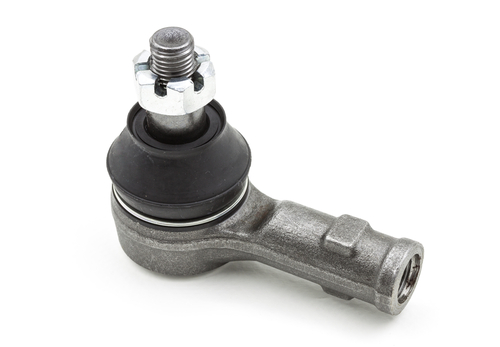
A tie rod end is an important component in the vehicle. It ensures the precise implementation of the steering by the driver and transmits this to the wheels via the track rod. If faults or defects occur, the vehicle can no longer be steered properly in the worst case. Replacement is therefore unavoidable.
The tie rod ends are also always checked during the obligatory general inspection at the MOT. If there is wear or damage, the operating licence can be refused. This way, the tie rod ends are checked comprehensively every two years by trained personnel.
![]() Important: Tie rod ends may be damaged or worn on one side only. Although both must be checked during a repair, they can be replaced individually without any problems. Replacing tie rod ends in pairs is not required.
Important: Tie rod ends may be damaged or worn on one side only. Although both must be checked during a repair, they can be replaced individually without any problems. Replacing tie rod ends in pairs is not required.
Signs of a defect in the tie rod end
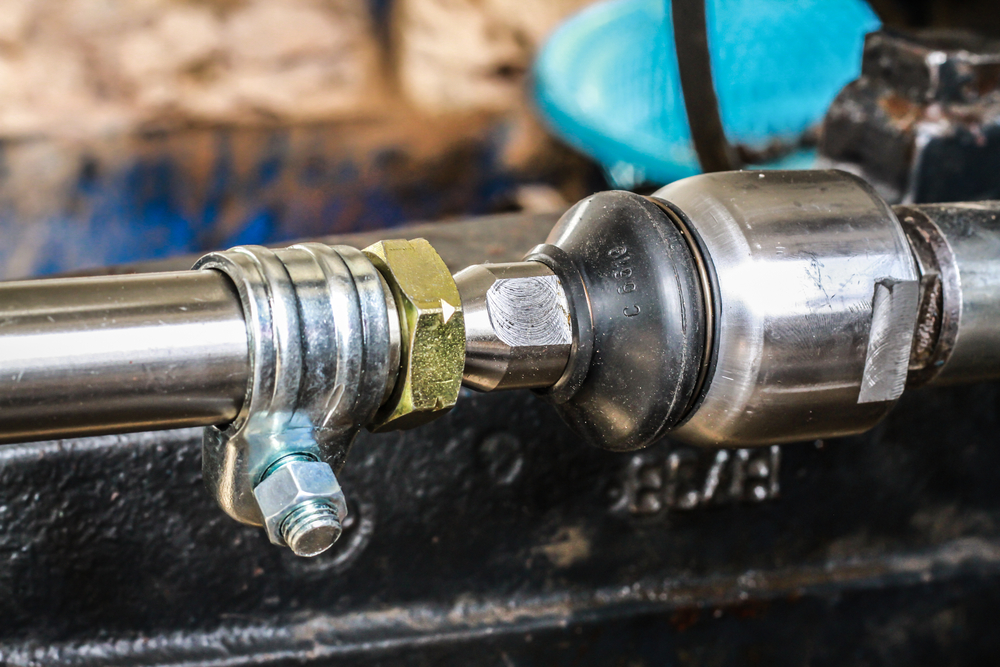
There are some signs of a defect in the tie rod end. These usually occur while driving. For this reason, you should regularly drive without listening to the radio or music and concentrate entirely on the driving sounds of your vehicle.
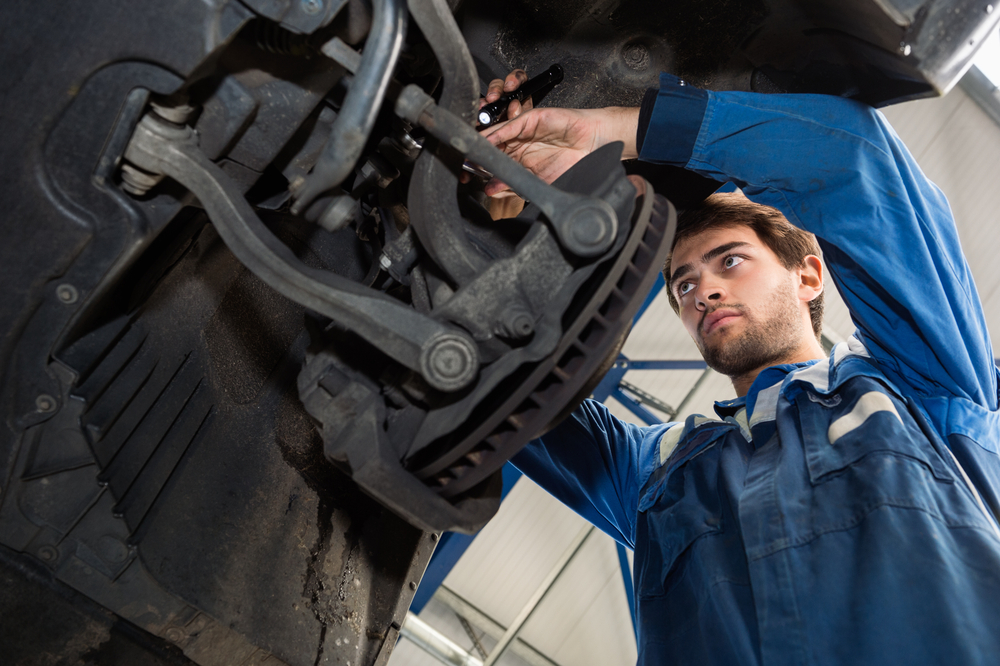
The important signs of a defect include:
– A clearly audible, metallic-sounding cracking noise when the vehicle is turned in.
– When driving on uneven road surfaces or even on cobblestones, you will hear a banging sound coming from the tyres and wheels.
– You can visually notice very high wear on the tyres.
All these symptoms point primarily to damage on the tie rod end. In such a case, it is imperative to carry out repairs as soon as possible.
If you ignore these warning signs, it may lead to a tear-off of the tie rod end in the worst case. Such a tear is the reason for many traffic accidents worldwide.
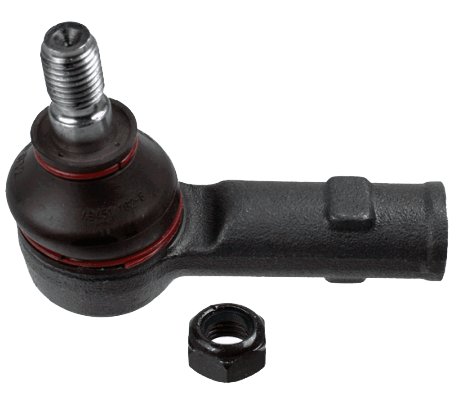
Tie rod end • Discounteravailable up from £4,23to the shop ⇒ |
Replace the tie rod end yourself or go to a workshop?
With such important components, the question always arises as to whether you can carry out the replacement yourself.

However, replacing the tie rods does not require special tools, but a little patience and a good outline above all. In total, you can count on a time window of one hour for the replacement.
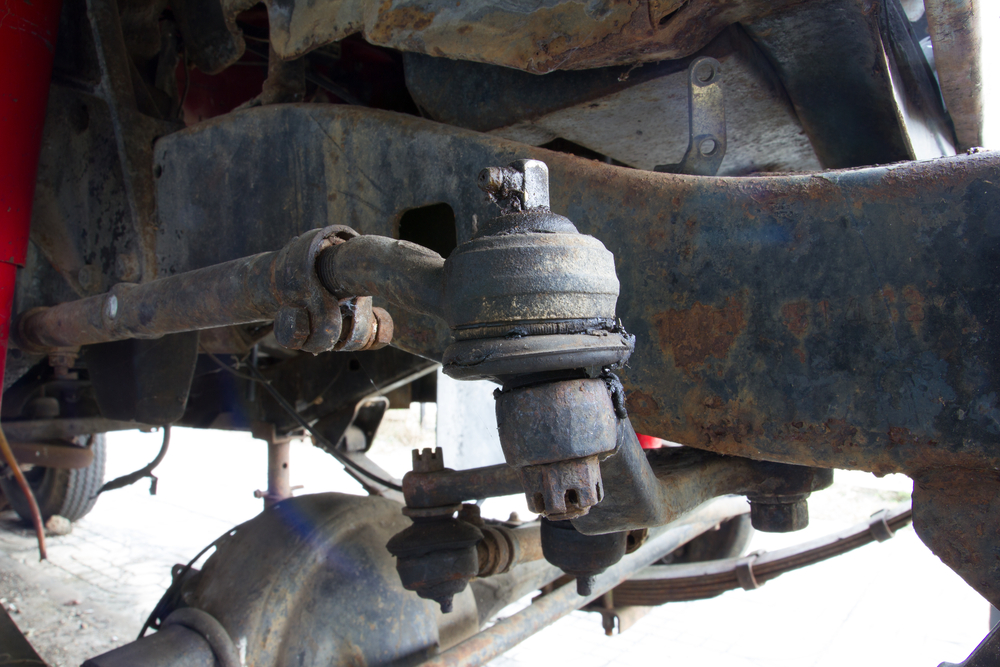
In the case of difficulties such as rust, however, the process may take longer. Still, you will not be able to completely avoid a visit to a workshop. After replacing the tie rod ends, a wheel alignment must be carried out to adjust the track. This usually costs between 60 and 130 pounds if the work at a specialist workshop is done properly.
| These tools are required for the replacement |
| – A lifting platform or jack – A torque wrench – A set of sockets for the torque wrench – A set of open-end spanners – Rust remover or WD 40 – Chalk for markings – A piece of paper and a pen |
Replacing the tie rod end step by step
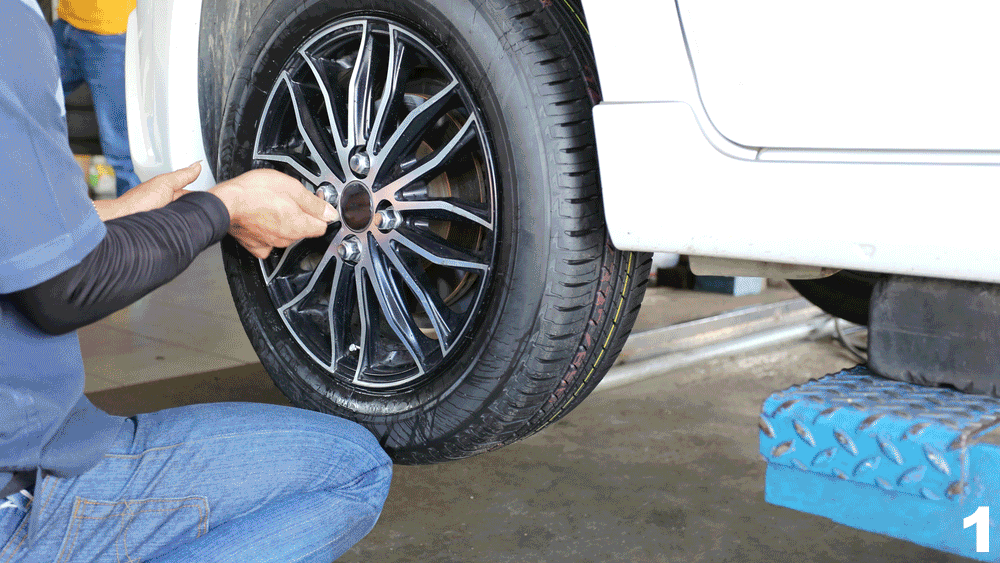 – First jack up or lift the car. – First jack up or lift the car.– Now remove the wheel. – Prepare the tie rod end, which is now accessible. – Spray the nut of the tie rod end with rust remover. – Also apply rust remover to the front part of the tie rod end. – Loosen the nut of the tie rod end. – Mark the position of the tie rod end with chalk. – Turn the nut on the tie rod end back to the end of the tie rod. – Count the full turns of the nut and make a note of them. – Loosen the front part of the tie rod end from the bearing and unscrew it as well. – Again, count and note the full revolutions. – Place the new tie rod end on the tie rod. – Tighten it with the previously determined number of turns. – Press the new tie rod end into the bearing and secure it with the nut. – Now tighten the nut of the tie rod with the previously noted number of turns. – Refit the wheel and tighten it to the specified torque. – Lift down the vehicle. – Take the vehicle to the wheel alignment. |
Mistakes to be avoided
This is important even if the instructions for replacing the tie rod end now sound very meticulous and precise.
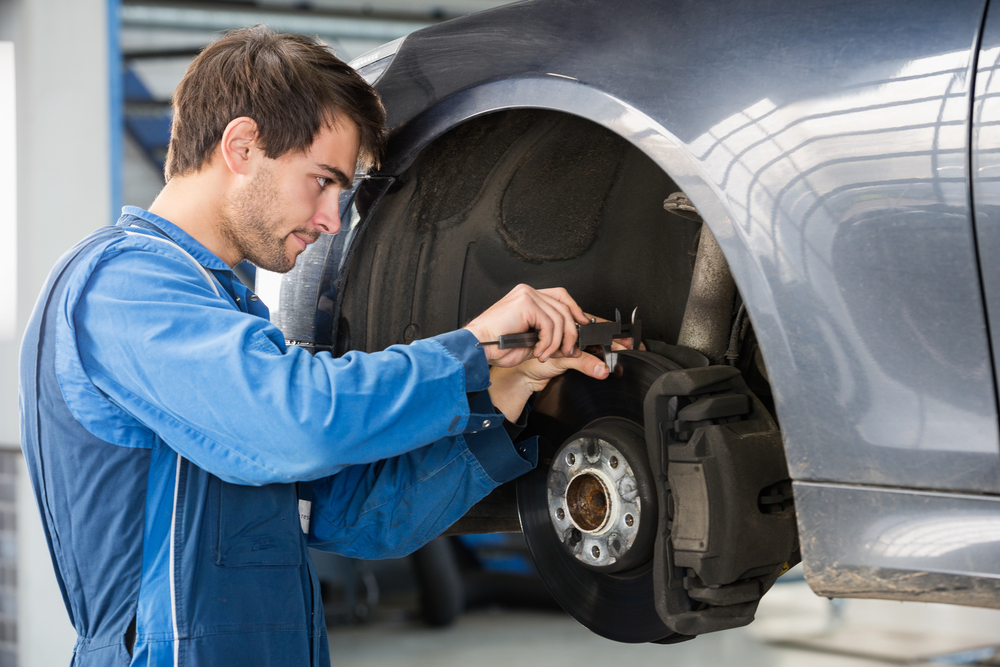
The better you work when replacing the tie rod end, the less work and therefore the lower the costs for the wheel alignment. The worse you work, the more misaligned the track will be, and the more time will have to be invested in aligning it.
For this reason, it is also financially beneficial to take a little more care when replacing the tie rod end and to follow the individual steps accurately.
 Also important: Try not to be too skimpy after replacing a tie rod end and do without the necessary wheel alignment and adjustment by the specialist workshop. Without the adjustment, the vehicle may neither be steered properly nor driven safely in road traffic, in the worst case. This may lead to serious accidents, which not only endanger you, but also all other road users. Wheel alignment is crucial after all work on the tie rod and the associated steering elements is done.
Also important: Try not to be too skimpy after replacing a tie rod end and do without the necessary wheel alignment and adjustment by the specialist workshop. Without the adjustment, the vehicle may neither be steered properly nor driven safely in road traffic, in the worst case. This may lead to serious accidents, which not only endanger you, but also all other road users. Wheel alignment is crucial after all work on the tie rod and the associated steering elements is done.
Costs to be considered
If you do not want to carry out the replacement yourself, you can also commission a specialist workshop with the task. Here, you can definitely influence the price as well if you already have the new tie rod end(s), for example. As a rule depending on the condition of your vehicle, a specialist workshop will charge between 110 and 180 pounds for the replacement per tie rod end. The rustier the surrounding the more difficult the replacement, and the more time you will be charged. Added to this is the wheel alignment including adjustment of the track, which costs between 50 and 130 pounds.
Is the tie rod end a wearing part?
Basically, the tie rod end transmits the force from the tie rod to the steering arm when steering.
It also serves to absorb road irregularities.
However, this means that the wear of a tie rod end depends on the driving style and the roads travelled. For example, if you drive a lot on cobblestones, chances are good that your tie rod ends will wear out faster. 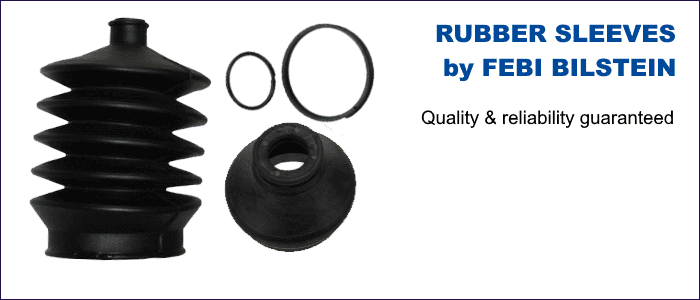
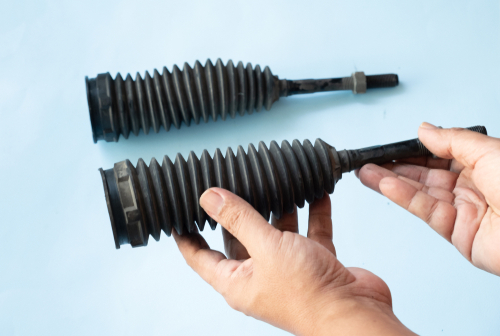 The tie rod ends are protected by their own rubber boot. This can also tear due to age or other circumstances. The tie rod end will be therefore exposed to water and dirt, which may further accelerate wear.
The tie rod ends are protected by their own rubber boot. This can also tear due to age or other circumstances. The tie rod end will be therefore exposed to water and dirt, which may further accelerate wear.
Foto: Tipayarat K, 1989studio, Boot Worrarong, apichart chartyapa, Tossapol, Sutthiwat Srikhrueadam, Simone Hogan, Thapyuda Tansungnern, Corepics VOF, vectorfusionart, Stock2You, Dmitry Kalinovsky, WathanyuSowong / shutterstock.com

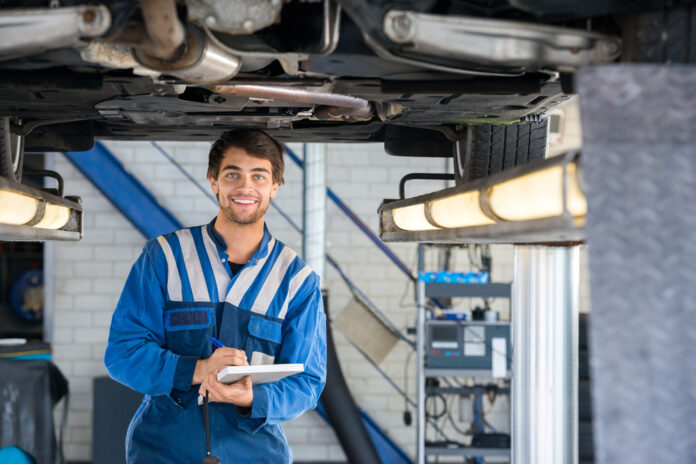

 (29 votes, average: 4.59 out of 5)
(29 votes, average: 4.59 out of 5)







